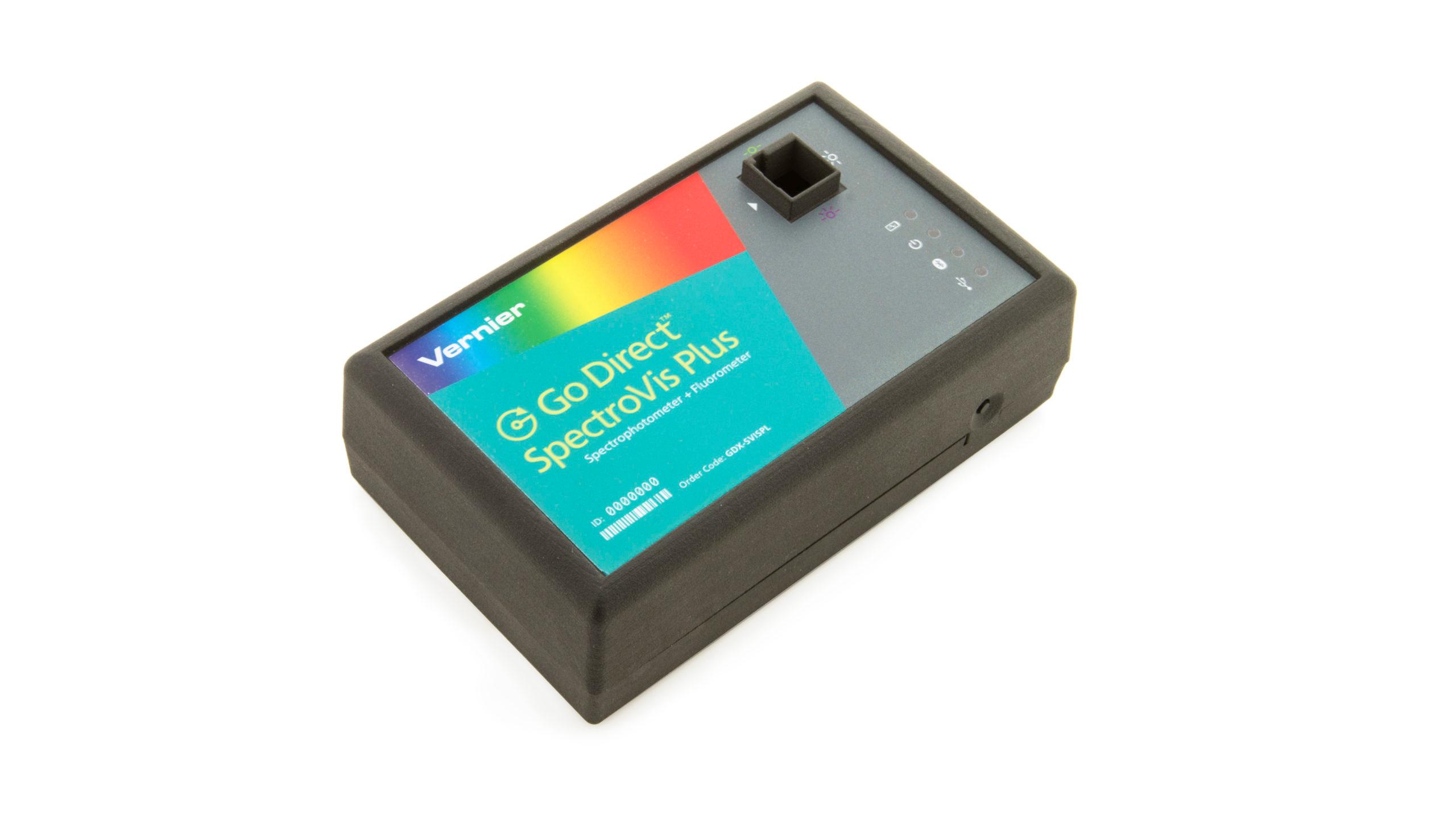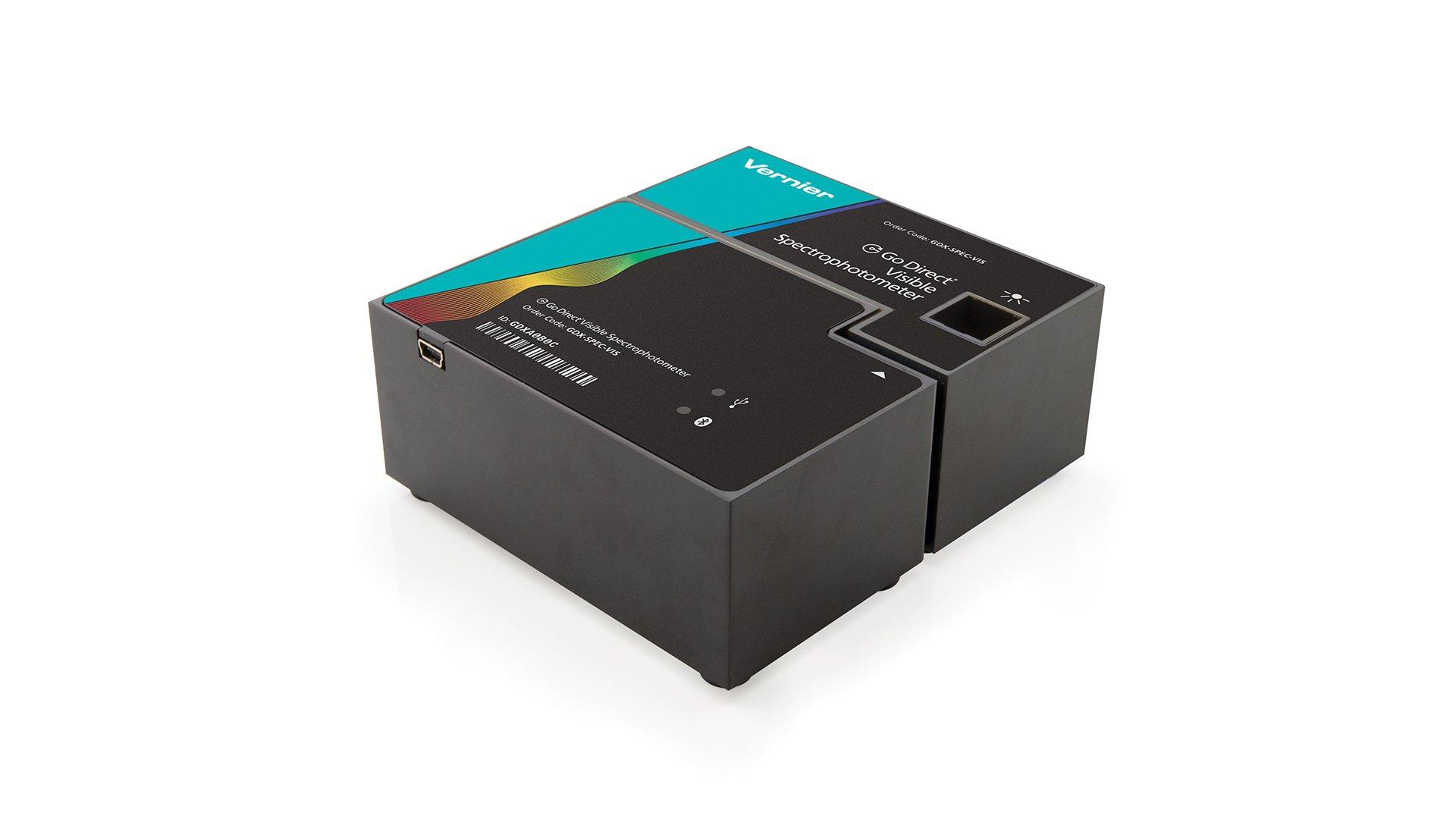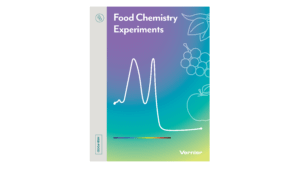Introduction
It is very common for vitamins and minerals to exhibit fluorescence. Food scientists exploit this feature through the use of fluorescence spectroscopy to quantify the amount of fluorescing compounds in foods. Vitamin B2, also known as riboflavin, is an essential nutrient that is a relatively stable, strongly fluorescing compound, which makes it ideal for investigation.
In this experiment, you will use a fluorescence spectrophotometer to measure the absorbance spectrum of riboflavin and determine the best wavelength for fluorescence excitation. You will then measure the fluorescence spectrum of riboflavin and determine its Stokes shift, the difference between the wavelength of maximum emission and the wavelength of maximum absorbance. After fluorescence characterization of standard vitamin B2 samples, you will investigate various beverages to determine their vitamin B2 concentration. You will then compare your values to the stated B2 concentrations on the label to determine the accuracy of your technique and measurements.
Objectives
- Measure the absorbance spectrum of riboflavin to determine the best wavelength for fluorescence excitation.
- Observe fluorescence of vitamin B2 in energy drinks.
- Measure a fluorescence calibration curve of vitamin B2 standards.
- Calculate the concentration of vitamin B2 in energy drinks.
- Compare measurements to stated concentration to determine accuracy.
Sensors and Equipment
This experiment features the following sensors and equipment. Additional equipment may be required.
Ready to Experiment?
Ask an Expert
Get answers to your questions about how to teach this experiment with our support team.
- Call toll-free: 888-837-6437
- Chat with Us
- Email support@vernier.com
Purchase the Lab Book
This experiment is #11 of Food Chemistry Experiments. The experiment in the book includes student instructions as well as instructor information for set up, helpful hints, and sample graphs and data.



